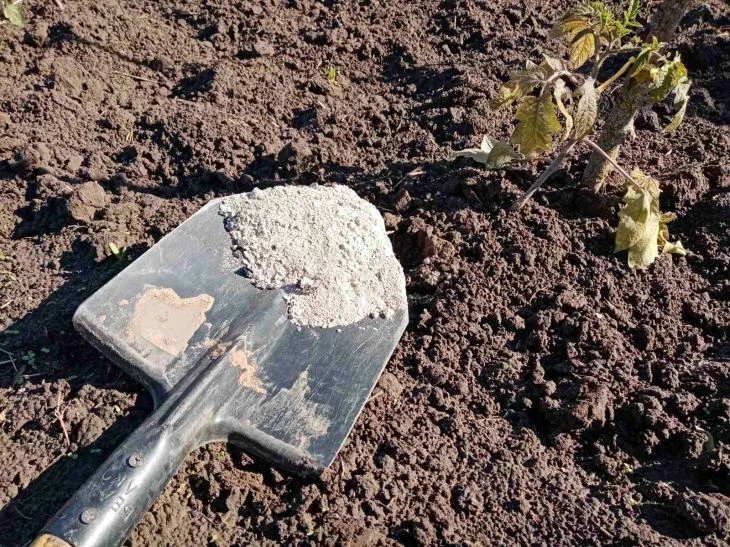Secrets of using ash in winter: what gardeners still don’t know
During the winter months, when gardening activities are at a standstill, ash can be a useful tool for preparing the soil for the new season.
It enriches the soil with nutrients and helps increase crop yields without unnecessary costs.
Composition and benefits of ash for soil
The main valuable component of ash is potassium, which helps strengthen plants and increases their resistance to adverse conditions.
In addition, it contains calcium, phosphorus, magnesium and other microelements that are vital for the healthy growth of crops.
The ash does not contain chlorine, which makes it safe for crops such as potatoes, tomatoes and grapes.

Adding ash in winter allows the elements to gradually penetrate the soil along with melting snow, creating favorable conditions for the roots of future plantings. It also helps neutralize acidity, improving the soil structure.
Rules for adding ash in winter
Using ash in winter has its own peculiarities. First of all, ash should be distributed evenly over the soil surface to avoid oversaturation of individual areas.
For sandy and light soils, it is recommended to use up to 100-150 grams of ash per square meter, and for heavier clay soils - up to 200 grams. It is important to note that the ash should not come into contact with ammonia fertilizers, as this will lead to a loss of nitrogen.
It is best to apply ash over snow, but only in a thin layer, so that it has time to mix with water when it melts. This use prevents the washing away of useful substances.
Which crops respond better to ash?
Ash is especially useful for plants that require increased potassium and calcium in the soil. For example, fruit trees and shrubs such as apple trees, currants and raspberries develop noticeably better after winter application of ash.
Vegetable crops, in particular potatoes, carrots, onions and garlic, also respond positively to this type of feeding.
Ash helps to strengthen the root system, increase resistance to diseases and accelerate the ripening of fruits.
However, you should not use ash for crops that prefer acidic soil, such as blueberries or rhododendrons.
Using ash in winter is a simple and effective way to improve soil fertility. With the right approach, it will become a reliable assistant in preparing the site for the new season.
